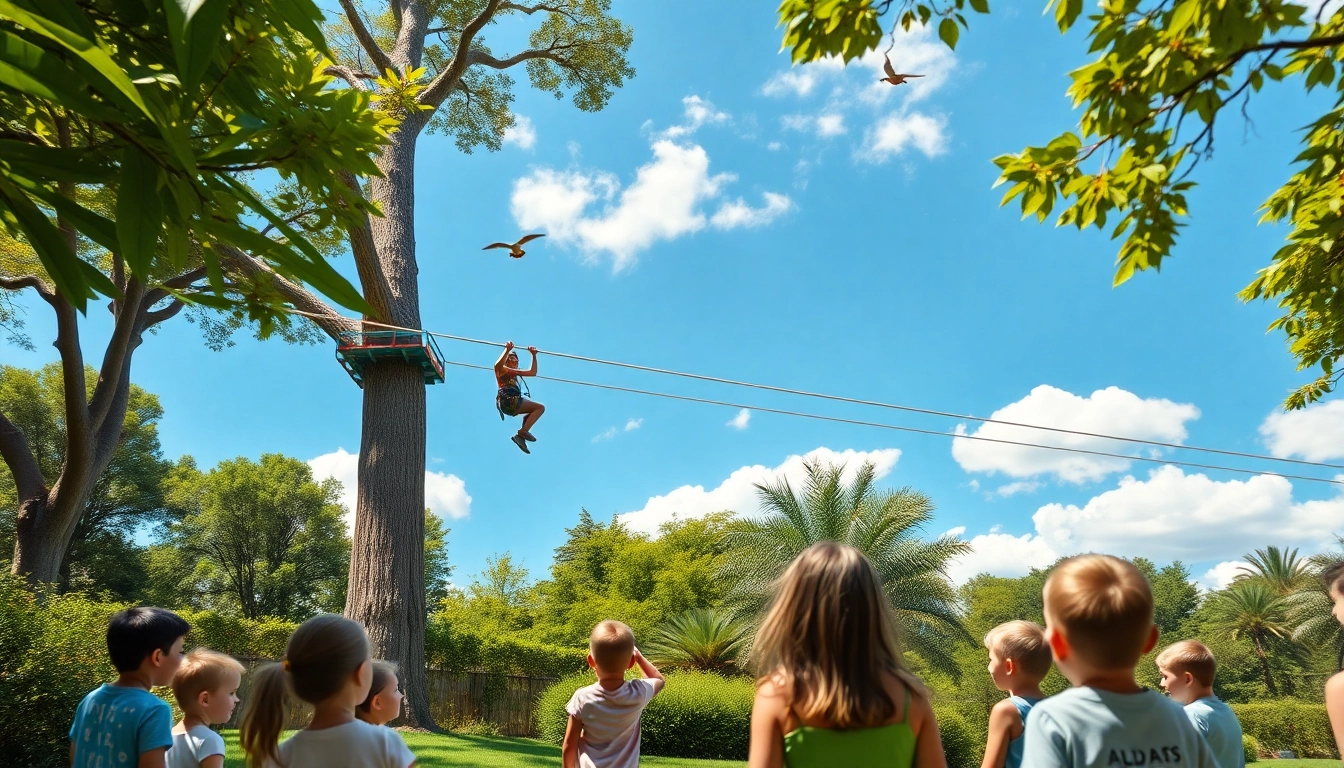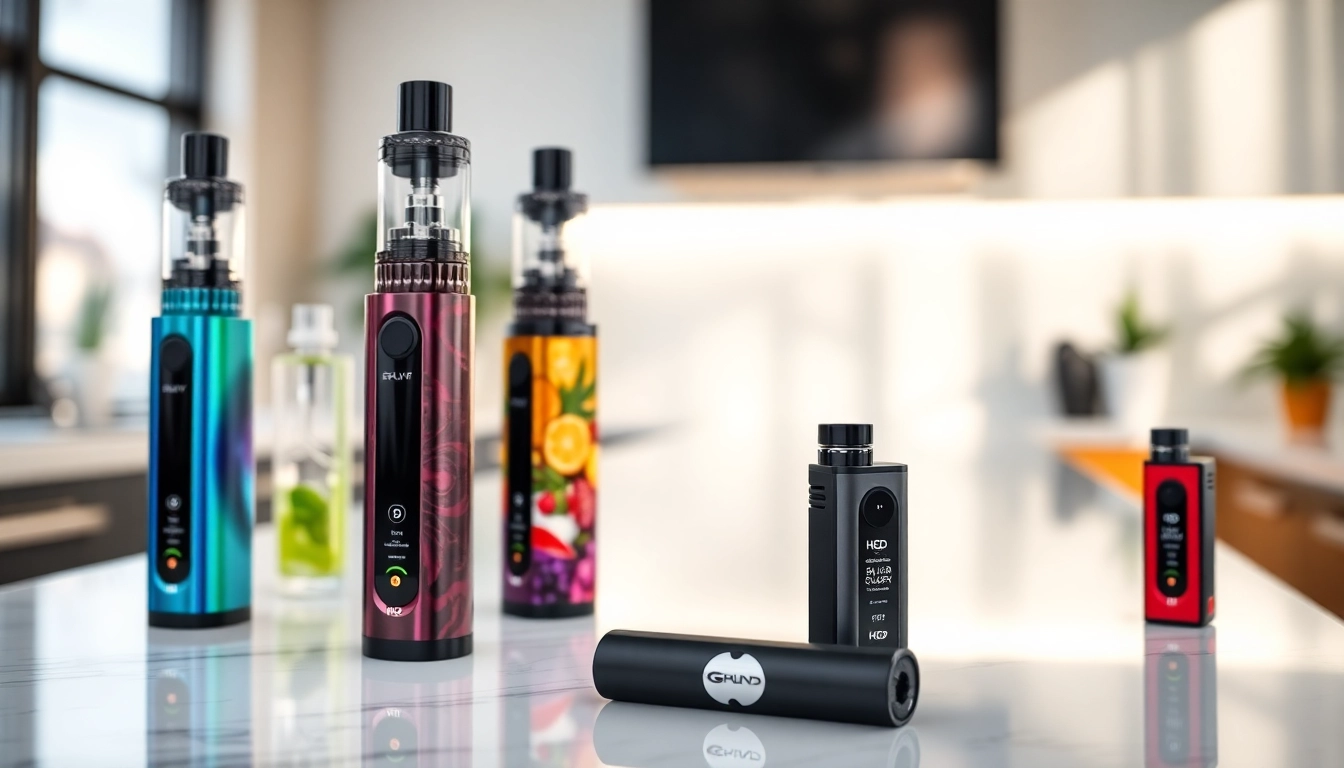Why Newborn Baby Clothes Matter
Choosing the right Newborn baby clothes is not just about aesthetics; it’s essential for the comfort and well-being of your little one. In those early stages of life, babies experience rapid growth and development, making it essential for their clothing to meet specific needs, including comfort, safety, and practicality.
The Importance of Comfort for Newborns
Newborns have sensitive skin that is prone to irritations. For this reason, comfort should be the primary consideration in selecting baby clothes. Outfits made from soft, breathable fabrics are preferable as they reduce the risk of rashes and discomfort. Cotton is a generally recommended fabric due to its softness and hypoallergenic properties. Ensuring that seams and tags are not irritating is also crucial; consider tags that are printed directly onto the fabric or those that can be easily removed.
Safety Features to Look For in Clothing
Safety is another paramount concern when choosing newborn apparel. Ensure that the clothing features no choking hazards, such as loose buttons or ribbons. Clothing should also adhere to safety standards related to flammability. Additionally, garments with snug fits around necklines can help prevent accidental slips, while zippered or snap features on the front allow for easy dressing and undressing, minimizing movement discomfort.
Common Fabric Types for Newborn Baby Clothes
The type of fabric used in Newborn baby clothes impacts both comfort and durability. Some commonly used fabrics include:
- Cotton: Soft and breathable, ideal for sensitive skin.
- Bamboo: Regulates temperature well and has natural antibacterial properties.
- Modal: A type of rayon that is extremely soft and drapes well.
- Organic cotton: Grown without pesticides, making it perfect for eco-conscious parents.
Essential Styles of Newborn Baby Clothes
Must-Have Items: The Basics
When it comes to the essentials, certain items are indispensable in any newborn’s wardrobe. Each of these play a significant role in facilitating ease of use and ensuring that your baby is appropriately dressed for various conditions.
- Onesies: A staple for newborns, they are easy to put on and remove.
- Sleepers: One-piece pajamas that provide complete coverage; often feature zippers or snaps for easy access.
- Swaddles: Help newborns feel secure and comfortable, aiding in better sleep.
- Hats: Essential for warmth, especially in cooler months.
- Socks and booties: Keep tiny feet warm and prevent slipping.
Seasonal Clothing Needs for Newborns
As the seasons change, so too do the requirements for newborn clothing. A winter wardrobe may include thicker layers and more insulated fabrics, while summer outfits should focus on lighter materials. Consider the following suggestions:
- Winter: Layered outfits, such as long-sleeve bodysuits, warm sleepers, and hats.
- Summer: Lightweight onesies, short-sleeve shirts, and breathable fabrics.
- Transitional seasons: A versatile mix of short and long sleeves, along with light outer layers.
Matching Sets vs. Separates: What to Choose
When shopping for newborn baby clothes, parents often debate between matching sets and separates. Matching sets typically offer a coordinated look with minimal effort, while separates provide flexibility and variety. Consider these points:
- Matching Sets: Easier to style, often come with complementary pieces, making outfit selection quicker.
- Separates: Allow for personalization and versatility—can be mixed and matched as sizes change or seasons vary.
How to Choose Sizes for Newborn Baby Clothes
Decoding Baby Size Charts
Finding the right size for newborn clothing can be tricky. Most brands offer their size charts which lay out measurements based on age, weight, and height. Becoming familiar with these charts will facilitate smoother shopping experiences.
Typical sizes include:
- Newborn: Fits infants up to 8 pounds and up to 21 inches long.
- 0-3 Months: Up to 12 pounds and often accommodates babies up to 24 inches long.
- 3-6 Months: Ideal for 12-16 pounds and typically accommodates lengths up to 27 inches.
How Growth Spurts Affect Clothing Choices
Newborns can experience rapid growth spurts that may necessitate changes in clothing sizes quite frequently. Parents should consider purchasing clothes in various sizes and keep receipts for any that may need exchanging. A practical approach is to buy items a size larger than what seems suitable, allowing for movement and growth.
Tips for Ensuring a Good Fit
To guarantee comfort, parents should check for the following when trying on newborn baby clothes:
- Ensure no constraints around the neck and arms, allowing for unrestricted movement.
- Check the length to ensure no excess fabric gathers that could pose a safety issue.
- Apprise that no cloth is too tight around the chest or belly, ensuring comfort and breathability.
Caring for Newborn Baby Clothes
Washing Recommendations for Different Fabrics
Caring for newborn clothing extends beyond mere washing—it’s vital to adhere to fabric guidelines to maintain the integrity of the clothes:
- Cotton: Machine wash in cold or warm water and tumble dry on low.
- Bamboo: Wash in cold water, avoid fabric softeners, and line dry for best results.
- Modal: Use cold water and avoid tumble drying to prevent shrinking.
Storing Clothes Safely
Proper storage of Newborn baby clothes is crucial to prolong their usability. Store in a cool, dry area away from direct sunlight to prevent fading. Utilize breathable storage bins for organization, keeping like items together.
Identifying Signs of Wear and Tear
Regularly inspect baby clothing for signs of wear, such as fraying seams, stains that do not wash out, or fading colors. Clothes should be discarded or recycled if they pose potential safety risks or are no longer usable, ensuring that your baby is safely dressed and comfortable.
Shopping Tips for Newborn Baby Clothes
Where to Buy Quality Clothing
When it comes to sourcing high-quality newborn clothing, consider the following options:
- Baby boutiques often provide unique, well-crafted pieces that may not be found in larger retailers.
- Online stores leverage user reviews and detailed product descriptions to inform purchase decisions.
- Consignment or thrift stores can be great for finding gently used items, saving money while being eco-conscious.
Budgeting for Newborn Clothing Needs
Budgeting for newborn clothing can be challenging given their rapid growth, but having a budget can help manage expenses. Allocate a specific amount for each clothing category, prioritizing necessities such as onesies and sleepwear before buying accessories or less critical items. Consider a mix of new and pre-loved clothing to balance costs.
Making the Most of Hand-Me-Downs
Hand-me-downs can be a lifesaver for families, allowing for quality clothing at a fraction of the price. Ensure that all received items are thoroughly cleaned and inspected for wear before dressing your newborn. Create a circular system within family and friends to exchange gently used clothing, promoting sustainability and community support.



